Home>Dining>Tableware>Why Decorate A Dessert Plate With Chocolate Before Placing The Dessert On It?
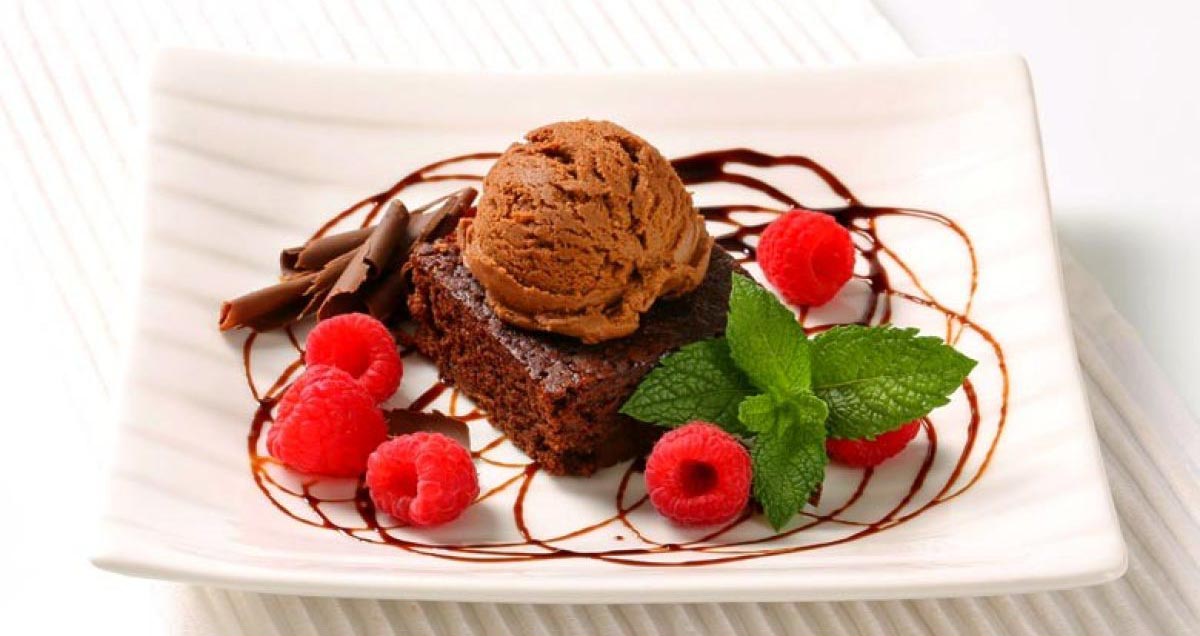

Tableware
Why Decorate A Dessert Plate With Chocolate Before Placing The Dessert On It?
Modified: January 4, 2024
Discover the art of tableware decoration! Find out why chefs use chocolate to adorn dessert plates before serving their creations.
(Many of the links in this article redirect to a specific reviewed product. Your purchase of these products through affiliate links helps to generate commission for Storables.com, at no extra cost. Learn more)
Introduction
When it comes to serving desserts, presentation plays a crucial role in enhancing the overall dining experience. One popular technique to elevate the visual appeal of a dessert plate is by decorating it with chocolate before placing the dessert on it. This simple yet effective method adds a touch of elegance and sophistication to any dessert, making it a feast for the eyes as well as the palate.
Decorating a dessert plate with chocolate offers numerous benefits for both the diner and the establishment itself. Not only does it create an aesthetically pleasing presentation, but it also contributes to the overall flavor profile and texture of the dessert. In this article, we will delve into the reasons why chefs and home cooks alike choose to decorate dessert plates with chocolate.
So, why go through the trouble of embellishing a dessert plate with chocolate before serving? Let’s explore the main reasons behind this delightful practice.
Key Takeaways:
- Elevate dessert presentation by decorating plates with chocolate, enhancing visual appeal, adding luxury, complementing flavors, creating textural contrast, and introducing unique flavor elements. This practice increases the dessert’s value and encourages social media sharing.
- Chocolate decorations on dessert plates create an indulgent and sophisticated dining experience, enticing diners with visually captivating presentations. The addition of chocolate enhances flavor, texture, and value, while also promoting social media sharing.
Read more: How To Store Melted Chocolate
Enhancing Visual Appeal
First and foremost, decorating a dessert plate with chocolate is an excellent way to enhance the visual appeal of the dish. Chocolate is known for its luscious and appetizing appearance, with its smooth, glossy texture and rich color. By carefully drizzling or painting chocolate onto the plate, chefs can create artistic and visually stunning presentations that immediately catch the eye of the diner.
Moreover, chocolate can be molded into various shapes and designs, allowing for limitless creativity. Whether it’s delicate swirls, intricate patterns, or even custom designs that reflect the theme of the dessert, chocolate decorations can turn a simple dessert plate into a work of art. This attention to detail not only impresses guests but also shows the chef’s dedication to creating a memorable dining experience.
Additionally, the contrasting colors between the dessert and the chocolate decorations can create a visually striking display. For example, a bright, vibrant fruit tart topped with a drizzle of dark chocolate makes for a captivating presentation that is sure to entice the taste buds. By combining different colors and textures, chefs can create a visual feast that adds excitement and anticipation to the dining experience.
Overall, enhancing the visual appeal of a dessert plate with chocolate allows for creative expression and adds a touch of elegance to the presentation. It sets the stage for the indulgence to come and creates a sense of anticipation and excitement for the diner.
Adding a Touch of Luxury
One of the main reasons why chefs choose to decorate dessert plates with chocolate is to add a touch of luxury to the dish. Chocolate has long been associated with indulgence and sophistication, making it an ideal choice for elevating the dessert experience.
By incorporating chocolate decorations, chefs can create a sense of opulence and decadence that immediately elevates the perceived value of the dessert. The presence of chocolate suggests that the dessert is not just any ordinary sweet treat, but rather a special, luxurious creation that deserves attention and admiration.
Furthermore, the addition of chocolate decorations can create a sense of occasion and make the dessert feel like a special treat. When diners see a beautifully adorned dessert plate, their anticipation builds, and they are more likely to savor each bite and truly appreciate the effort that went into its preparation.
Not only does the touch of luxury enhance the dining experience for the guests, but it also reflects positively on the establishment itself. By serving desserts with chocolate decorations, restaurants and cafes can position themselves as providers of high-quality, premium offerings. This can help attract discerning diners who seek out exceptional culinary experiences and are willing to pay a premium for them.
In summary, adding a touch of luxury through chocolate decorations elevates the dessert experience and enhances the perceived value of the dish. It adds an element of indulgence and sophistication that sets the dessert apart and creates a memorable dining experience for the guests.
Complementing Flavors
Another reason why chefs choose to decorate dessert plates with chocolate is to complement the flavors of the dessert itself. Chocolate, with its rich and complex taste, pairs well with a wide range of flavors, making it a versatile companion to many desserts.
When drizzling or garnishing a dessert plate with chocolate, chefs can choose the type of chocolate that best enhances the flavors of the dessert. For example, a dark chocolate ganache can add a hint of bitterness to balance the sweetness of a fruit tart, while a white chocolate decoration can provide a creamy, sweet contrast to a rich, chocolatey cake.
Additionally, the texture of the chocolate can also complement the texture of the dessert. A crunchy chocolate lattice or shards can add a delightful crunch to a soft and creamy mousse, creating a textural contrast that enhances the overall experience.
Furthermore, chocolate decorations can offer a subtle hint or infusion of flavor that elevates the dessert to new heights. For instance, a dessert plate adorned with chocolate mint leaves can impart a refreshing minty flavor to the dish, enhancing the overall taste sensation.
In essence, by strategically selecting and placing chocolate decorations, chefs can enhance and amplify the flavors of the dessert, creating a harmonious balance and a more satisfying culinary experience for the diner.
Creating a Textural Contrast
One of the key benefits of decorating a dessert plate with chocolate is the ability to create a textural contrast that adds depth and interest to the dish. Chocolate, depending on its form and preparation, can provide a range of textures that complement the dessert and create an enjoyable sensory experience.
For instance, using chocolate shavings or curls as a decoration adds a delicate and crisp texture to a soft and velvety dessert like a cheesecake or a mousse. The contrast between the smoothness of the dessert and the crunch of the chocolate creates a delightful interplay of textures that keeps the palate engaged.
Similarly, incorporating a chocolate lattice or lattice-like pattern on the plate can provide an intricate and visually appealing texture to the dish. As the diner takes a bite of the dessert, the chocolate lattice breaks apart, adding a satisfying crunch to each mouthful.
In addition to the visual and textural contrast, chocolate decorations can also contribute to the overall mouthfeel of the dessert. A drizzle of warm chocolate sauce on a cold ice cream sundae creates a delightful contrast in temperature and a smooth, creamy texture that enhances the overall enjoyment of the dessert.
By playing with different textures, chefs can elevate a dessert from a one-dimensional experience to a multisensory delight. The addition of chocolate decorations adds excitement and variability to the dining experience, making each bite a new adventure for the palate.
In summary, creating a textural contrast through chocolate decorations adds depth and interest to the dessert. The combination of smooth and crunchy textures, as well as the interplay of hot and cold sensations, creates a more dynamic and satisfying experience for the diner.
Decorating a dessert plate with chocolate before placing the dessert on it adds a beautiful and delicious touch to the presentation. It also adds a layer of flavor and texture to enhance the overall dessert experience.
Read more: How To Store Chocolate Candy
Adding a Unique Flavor Element
One of the reasons why chefs opt to decorate dessert plates with chocolate is to introduce a unique and complementary flavor element to the dish. Chocolate comes in various flavors and intensities, allowing chefs to experiment and enhance the overall taste profile of the dessert.
By carefully selecting the type of chocolate used for decorations, chefs can infuse the dessert with different flavors. For example, choosing a dark chocolate with hints of red fruit can add a subtle berry flavor to a chocolatey dessert. Similarly, using a white chocolate decoration can impart a creamy and sweet note to balance the flavors of a tangy citrus-based dessert.
Moreover, chefs can incorporate additional ingredients, such as spices or liqueurs, into the chocolate decorations to further enhance the flavor profile. For instance, a drizzle of chocolate infused with a touch of cinnamon can add warmth and complexity to a spiced dessert like apple pie. Similarly, a liqueur-infused chocolate decoration can create a delightful contrast and elevate the overall flavor experience.
Furthermore, chocolate decorations can be used to highlight specific flavors or ingredients of the dessert. For example, a dessert featuring roasted nuts can be adorned with a sprinkling of crushed nut-studded chocolate, intensifying the nutty flavor throughout each bite. Alternatively, a dessert with a hint of coffee can be complemented by a dusting of finely ground espresso-infused chocolate on the plate.
By adding a unique flavor element through chocolate decorations, chefs can enhance the overall complexity and depth of the dessert. Each bite becomes an exploration of different flavors, inviting the diner to savor and appreciate the intricacies of the dish.
In summary, the addition of chocolate decorations on a dessert plate allows chefs to introduce a unique and complementary flavor element. By selecting the right type of chocolate and incorporating additional ingredients, chefs can enhance and highlight the flavors of the dessert, creating a more memorable and delightful dining experience.
Increasing the Dessert’s Value
Decorating a dessert plate with chocolate not only enhances the visual appeal and taste experience but also increases the perceived value of the dessert itself. When presented with a beautifully adorned plate featuring chocolate decorations, diners instantly recognize the effort and attention to detail put into the dish.
The presence of chocolate decorations communicates to diners that the dessert is not just an ordinary sweet treat but a carefully crafted indulgence. This perception of value is particularly crucial in upscale dining establishments or for special occasions where guests expect a luxurious and memorable experience.
Furthermore, by elevating the presentation and adding a touch of elegance through chocolate decorations, restaurants and cafes can justify a higher price point for their dessert offerings. Diners understand that the inclusion of these intricate chocolate designs and flavors requires skill, time, and quality ingredients, which contribute to the overall value proposition.
When diners feel that they are getting more than a delicious dessert, but also a visually stunning and luxurious experience, they are often more willing to pay a premium price. The added value of the chocolate decorations can contribute to the overall perception of the establishment’s quality and craftsmanship.
In addition, the increased value of a dessert with chocolate decorations can also impact the customer’s overall satisfaction and dining experience. When diners feel that they are receiving a high-value experience, they are more likely to leave positive reviews, recommend the establishment to others, and return for future visits.
Ultimately, by investing in chocolate decorations for dessert plates, establishments can increase the perceived value of their offerings, enticing customers with an elevated experience and justifying a higher price point for their desserts.
In summary, decorating a dessert plate with chocolate adds value to the dessert by enhancing its presentation, creating a luxurious experience, and justifying a higher price point. The inclusion of chocolate decorations communicates the craftsmanship and attention to detail, elevating the overall dining experience and leaving a lasting impression on diners.
Encouraging Social Media Sharing
In today’s digital age, social media plays a significant role in shaping people’s dining choices and experiences. With the rise of platforms like Instagram and Facebook, diners often seek out visually captivating and shareable dishes to showcase on their social media accounts. Decorating a dessert plate with chocolate is a surefire way to catch the attention of these social media enthusiasts and encourage them to share their dining experience.
The visual appeal of a dessert plate adorned with chocolate decorations is highly Instagrammable. The intricate designs, vibrant colors, and glossy textures of the chocolate create a stunning backdrop for capturing beautiful food photos. Diners are more likely to share images of these visually appealing desserts, garnering attention and generating interest in the establishment.
When diners share photos of a dessert with chocolate decorations on social media, they not only showcase their dining experience but also indirectly promote the establishment to their followers. The captivating visuals can pique the curiosity of others and entice them to visit the restaurant or café to try the same indulgent dessert.
Moreover, social media sharing provides free and widespread marketing for the establishment. Each photo shared on Instagram or Facebook acts as a form of user-generated content, with the potential to reach a large audience and create buzz around the dessert offerings. This type of organic promotion can help increase the visibility and reputation of the establishment, attracting new customers and fostering a positive brand image.
Furthermore, social media sharing of visually appealing desserts creates a sense of excitement and anticipation among potential customers. As they scroll through their feeds and come across mouthwatering desserts decorated with chocolate, they are more likely to develop a craving and seek out the establishment to indulge in the same experience.
In summary, decorating a dessert plate with chocolate not only enhances the dining experience but also encourages social media sharing. The visually appealing nature of the chocolate decorations captures attention, generates interest, and promotes the establishment to a wider audience. By creating Instagrammable moments, restaurants and cafes can leverage the power of social media to attract new customers, foster engagement, and boost their brand presence.
Conclusion
Decorating a dessert plate with chocolate before placing the dessert on it is a practice that goes beyond mere aesthetics. It serves to elevate the overall dining experience by enhancing the visual appeal, adding a touch of luxury, complementing flavors, creating a textural contrast, adding a unique flavor element, increasing the perceived value of the dessert, and encouraging social media sharing.
The visual appeal of chocolate decorations captivates diners, creating an immediate sense of indulgence and sophistication. The intricate designs and contrasting colors of the chocolate elevate the presentation of the dessert, making it a feast for the eyes.
Furthermore, chocolate decorations contribute to the flavor profile of the dessert, complementing the taste and texture. The careful selection of chocolate types and additional ingredients can enhance the overall taste experience, adding depth and complexity to each bite.
The textural contrast created by chocolate decorations adds an exciting dimension to the dessert, engaging the senses and creating a more enjoyable eating experience. The interplay of smoothness and crunchiness adds a delightful surprise with every bite.
Moreover, the addition of a unique flavor element through chocolate decorations allows for creativity and personalization in the dessert. Chefs can infuse additional flavors and ingredients into the chocolate, resulting in a distinctive and memorable flavor profile.
By decorating dessert plates with chocolate, chefs and establishments can increase the perceived value of their offerings. The attention to detail, craftsmanship, and luxurious presentation of the dessert contribute to an enhanced dining experience and justify a higher price point.
Lastly, the visually captivating nature of chocolate decorations encourages social media sharing, generating free and widespread promotion for the establishment. Diners are drawn to share their visually appealing dessert experiences with their followers, creating buzz and attracting new customers.
In conclusion, decorating a dessert plate with chocolate is more than just a visual enhancement. It adds depth, flavor, texture, and value to the dessert, creating a memorable and indulgent experience for diners. So, why not indulge in the art of decorating dessert plates with chocolate and set your table with these elevated dessert creations to reach new heights of culinary delight?
Frequently Asked Questions about Why Decorate A Dessert Plate With Chocolate Before Placing The Dessert On It?
Was this page helpful?
At Storables.com, we guarantee accurate and reliable information. Our content, validated by Expert Board Contributors, is crafted following stringent Editorial Policies. We're committed to providing you with well-researched, expert-backed insights for all your informational needs.
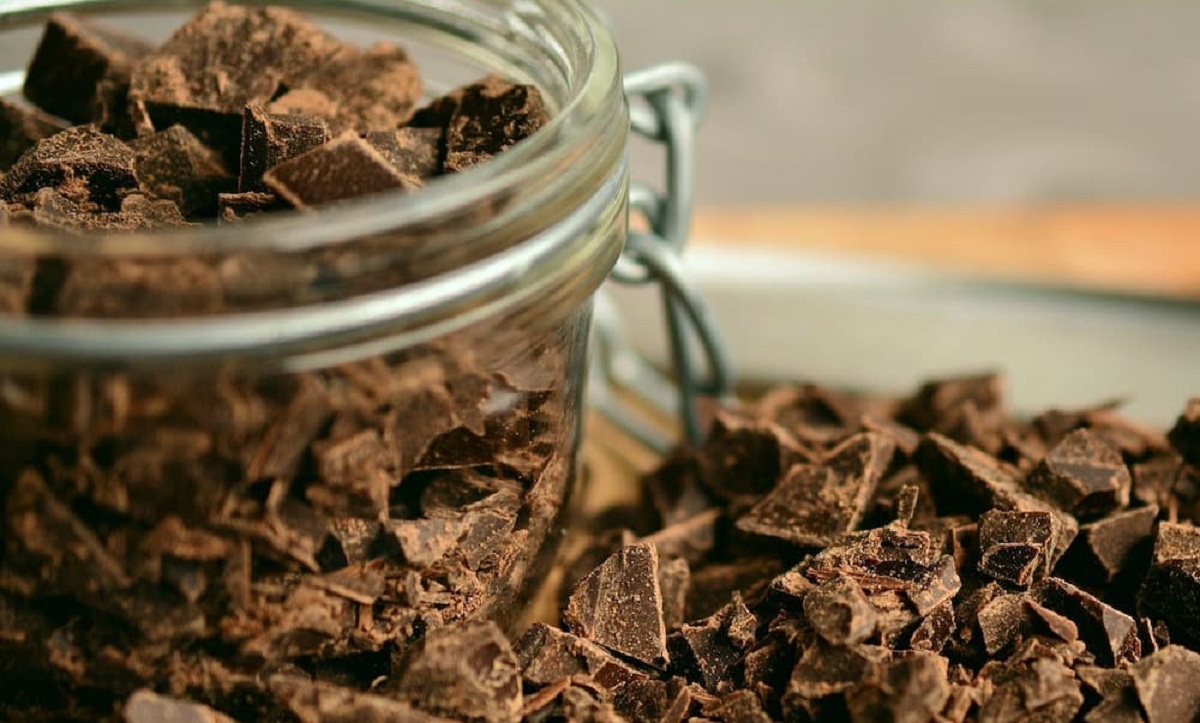
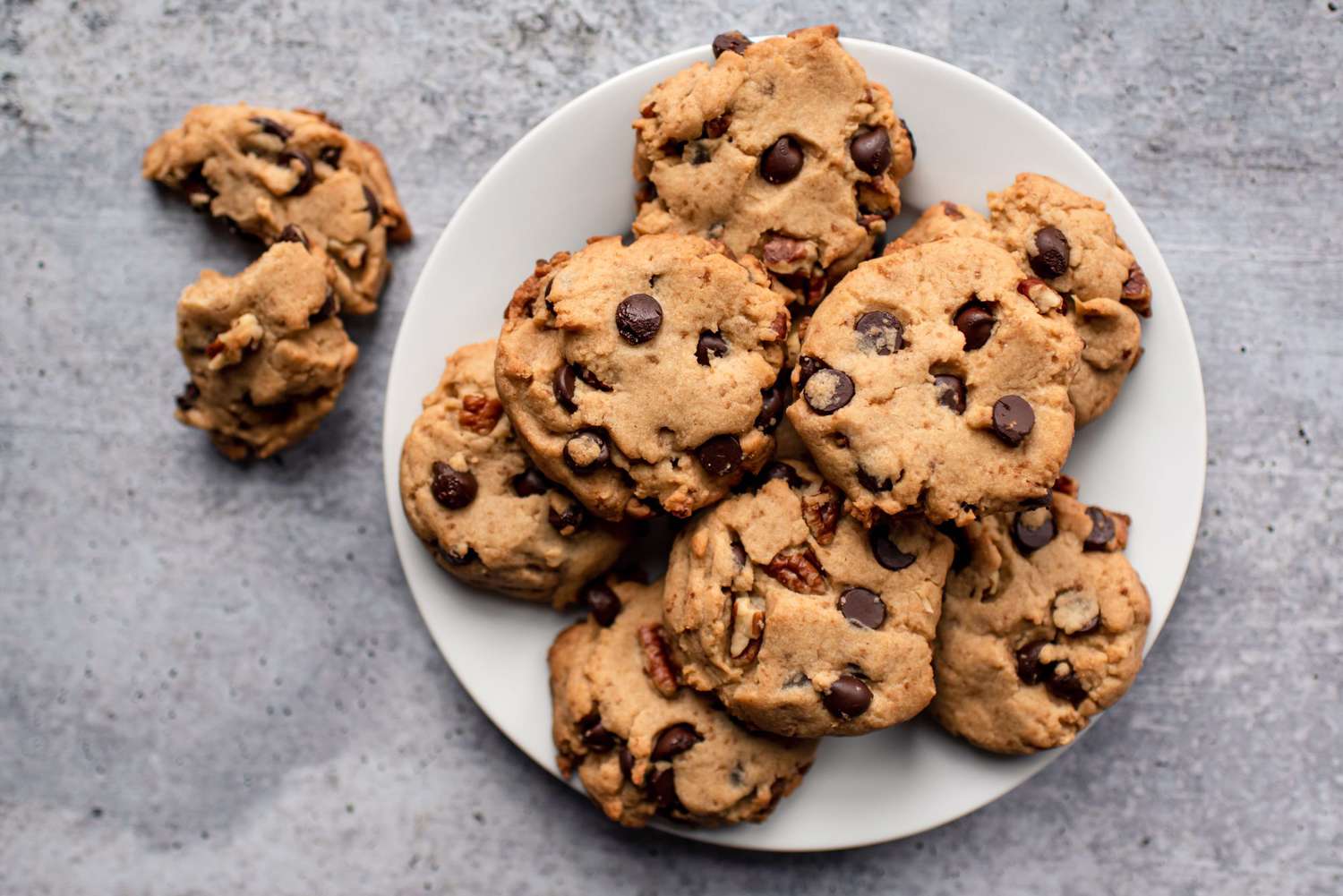
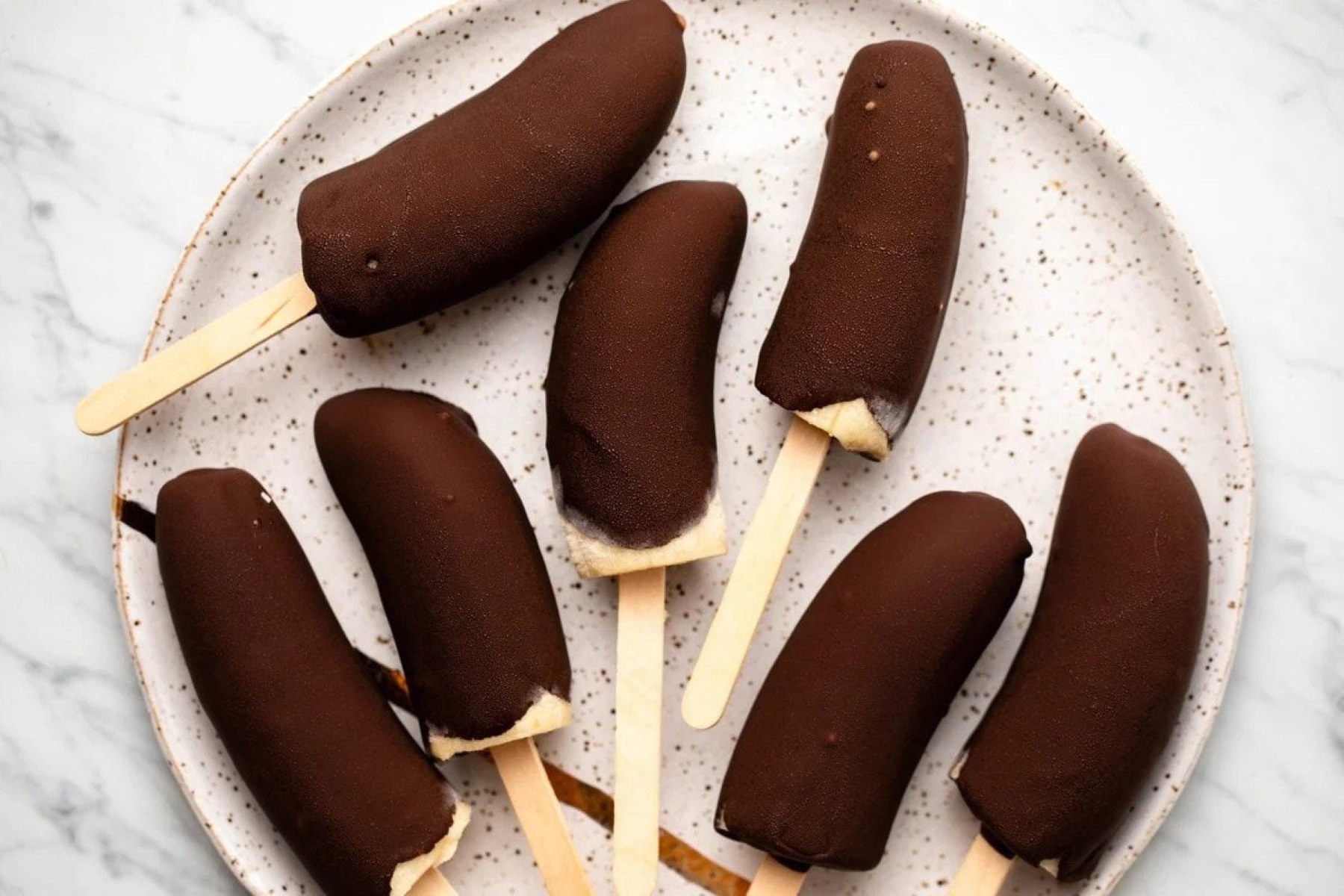
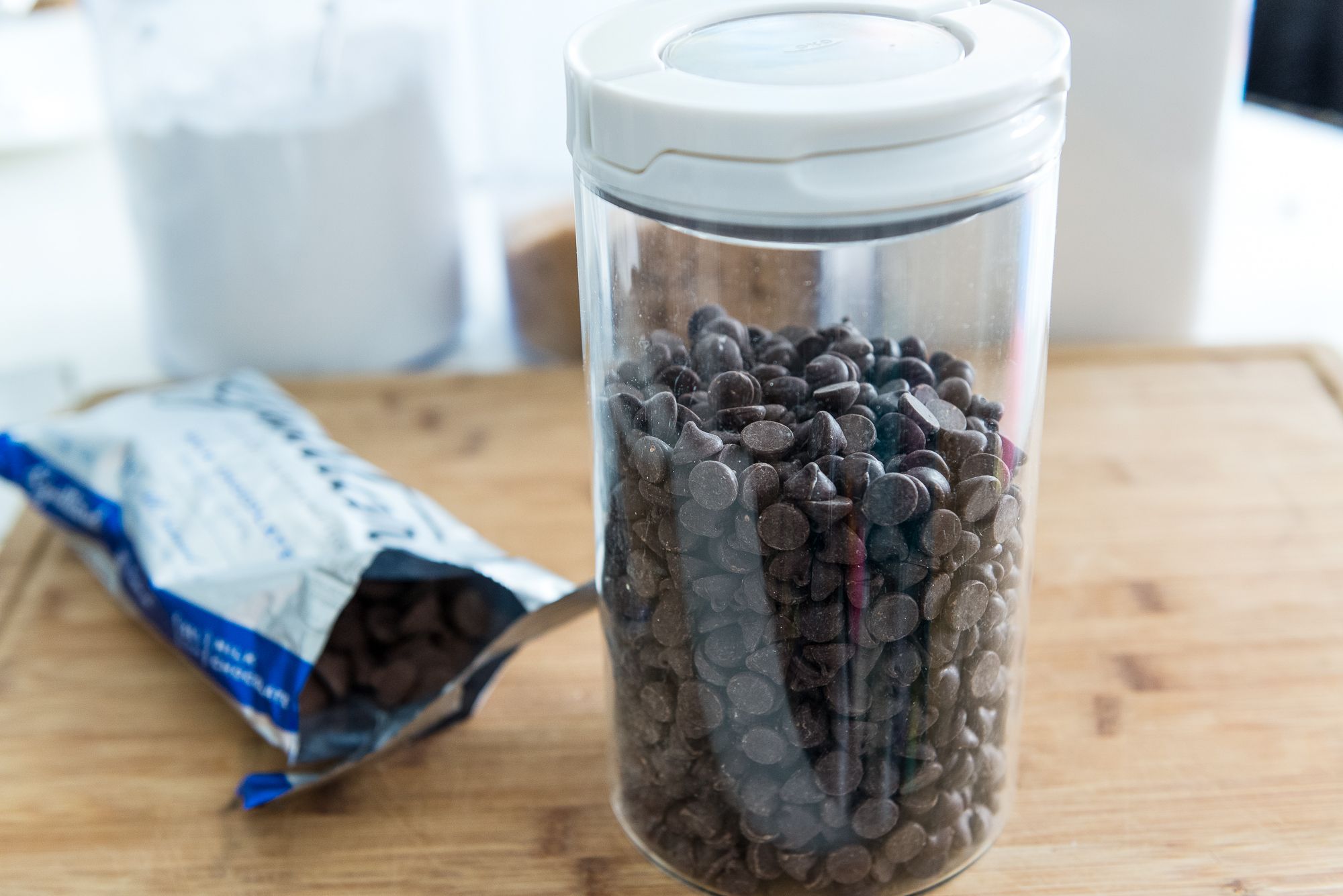
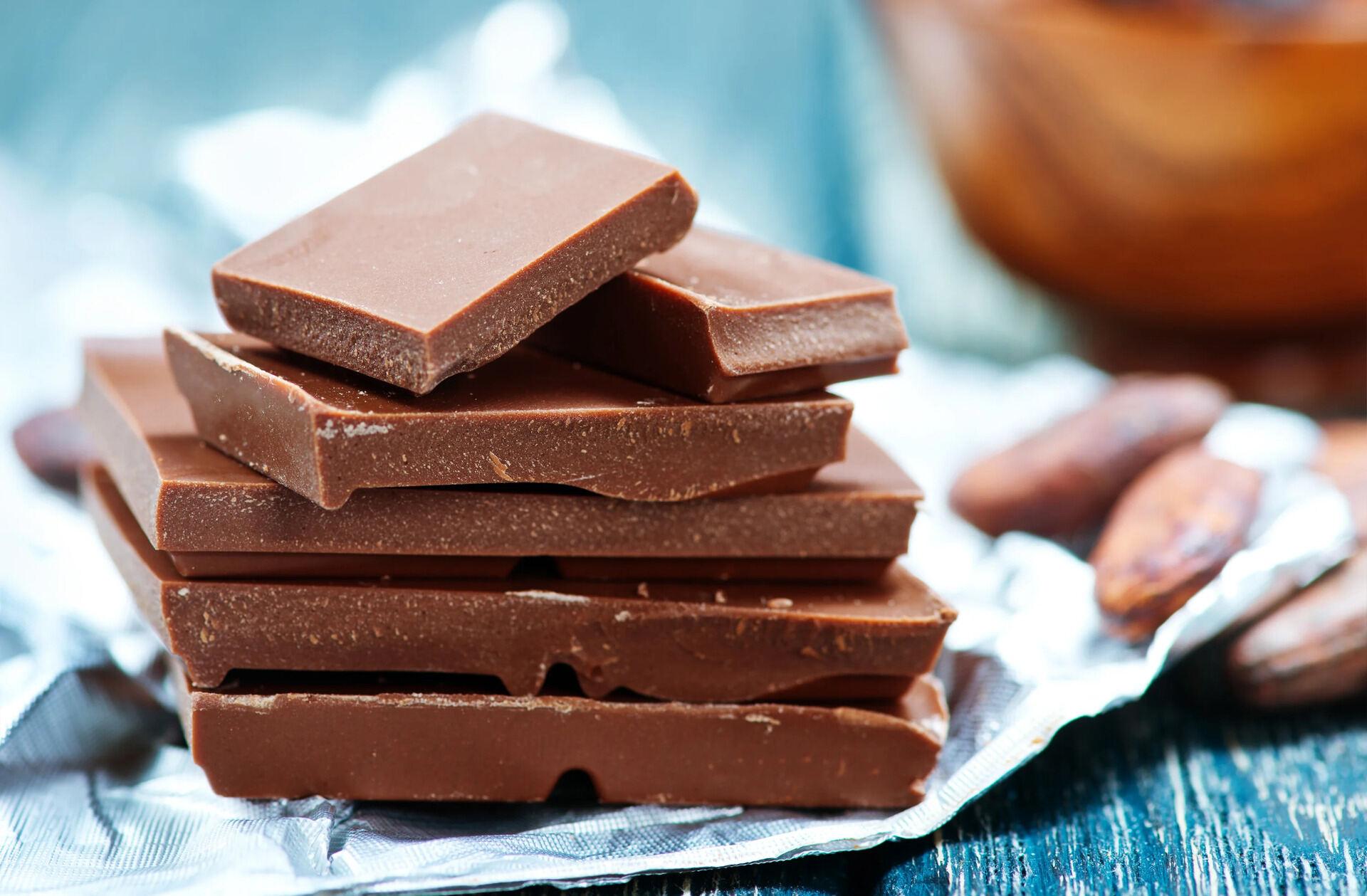
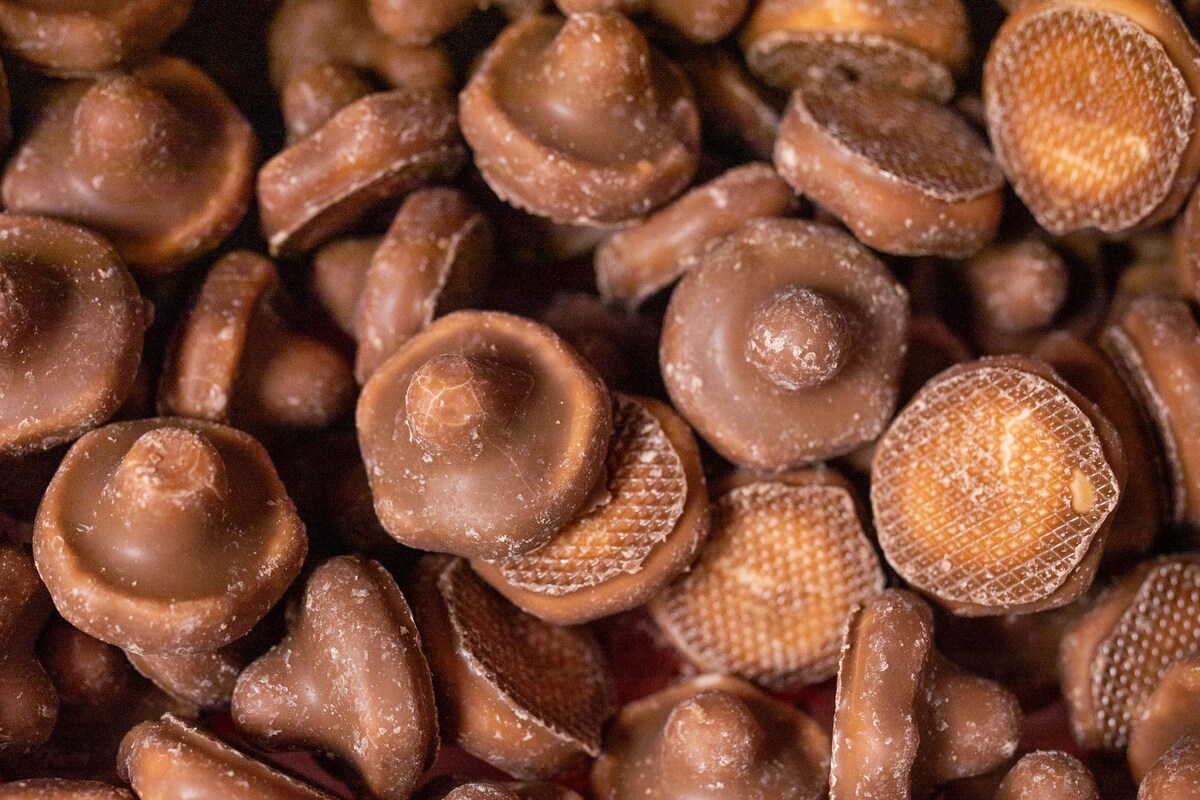
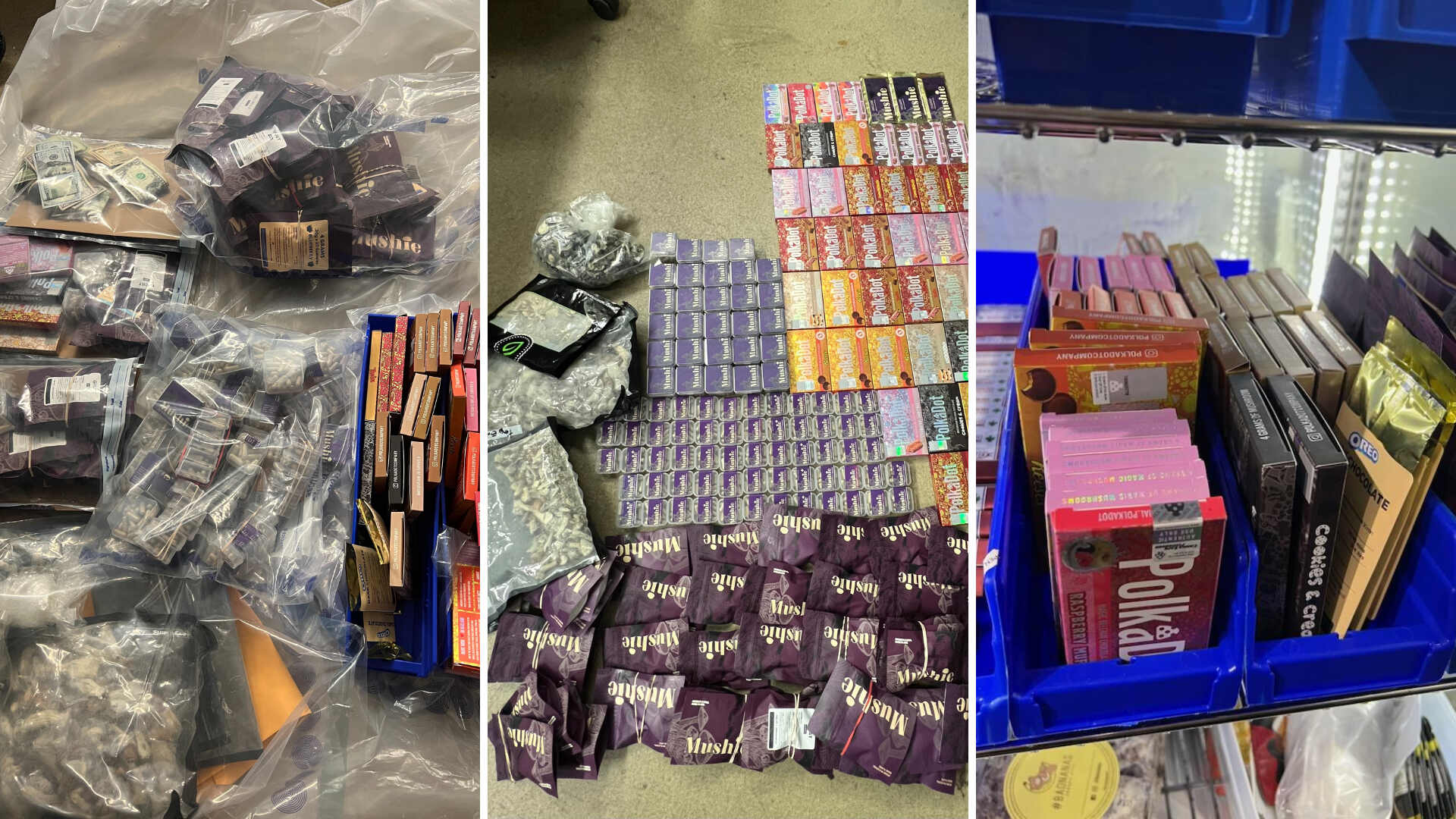
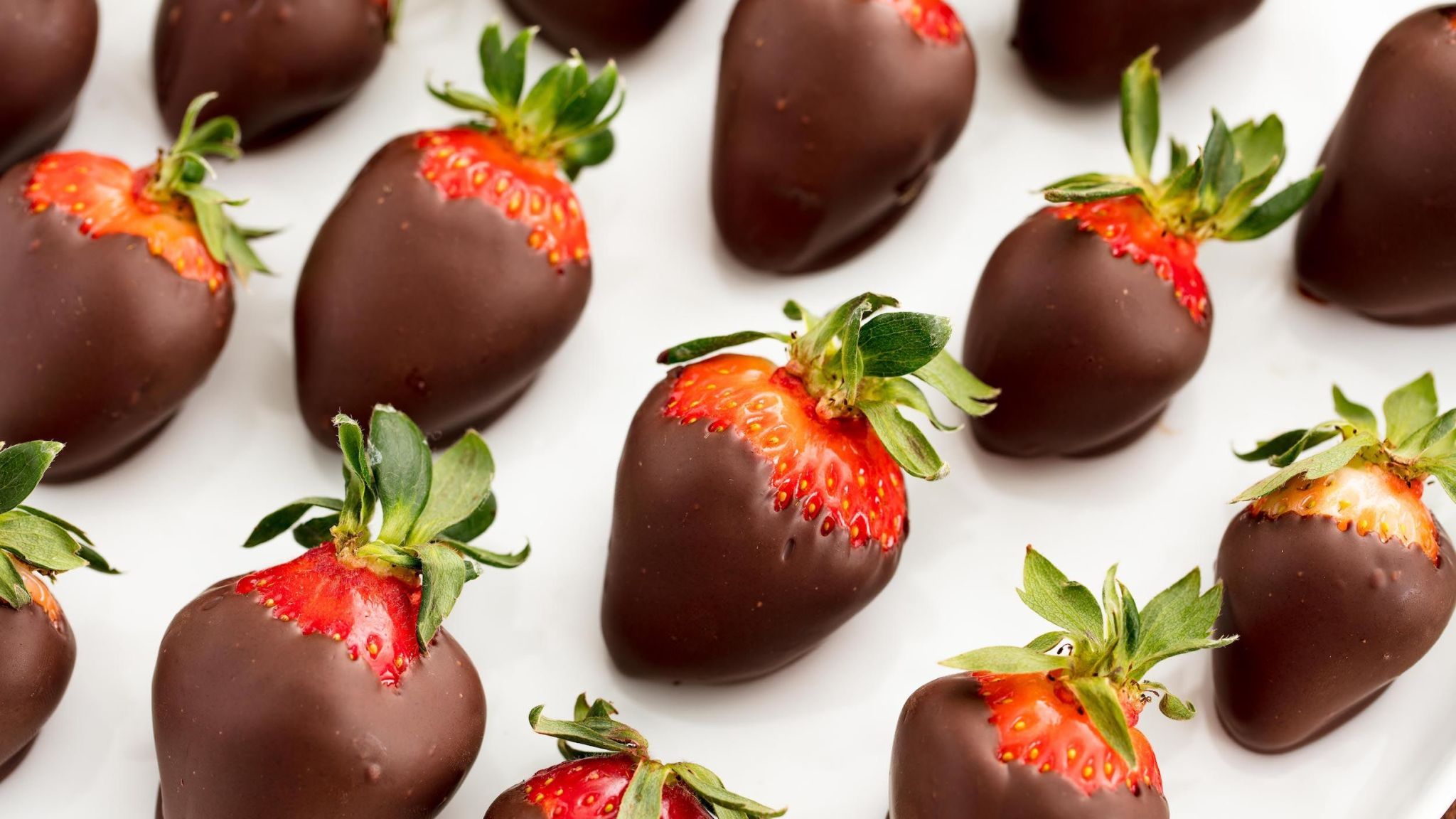
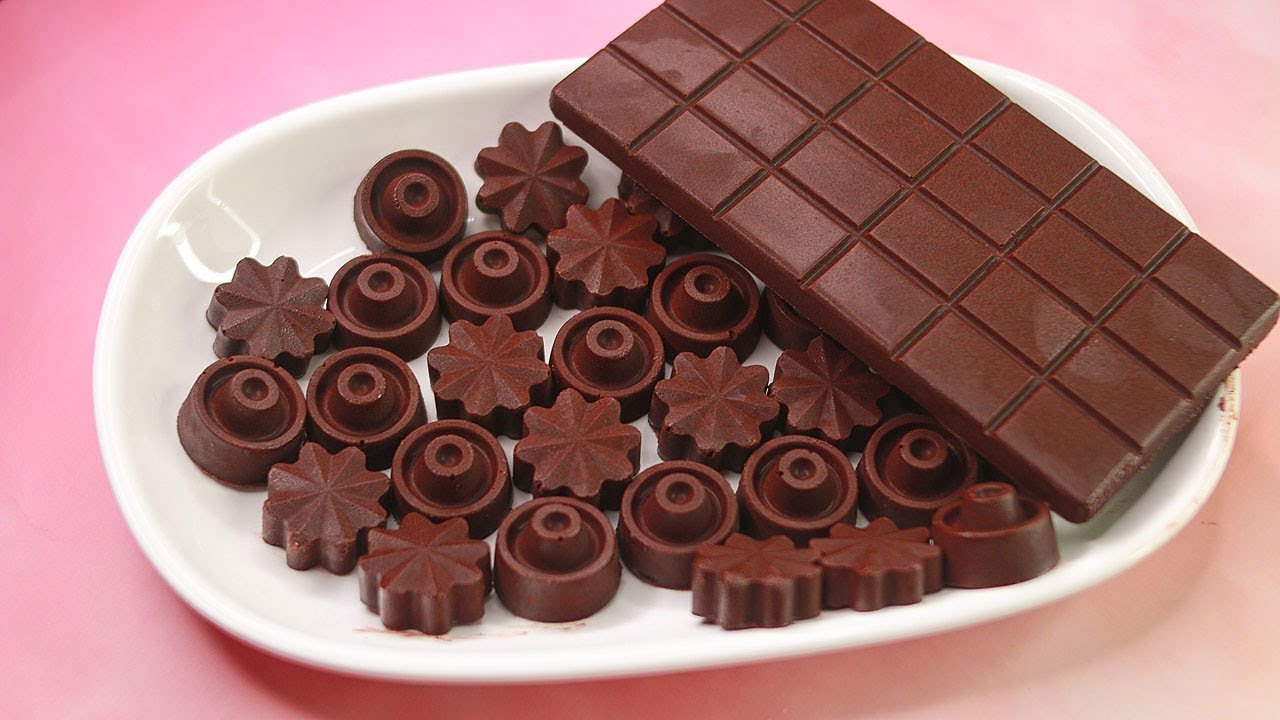
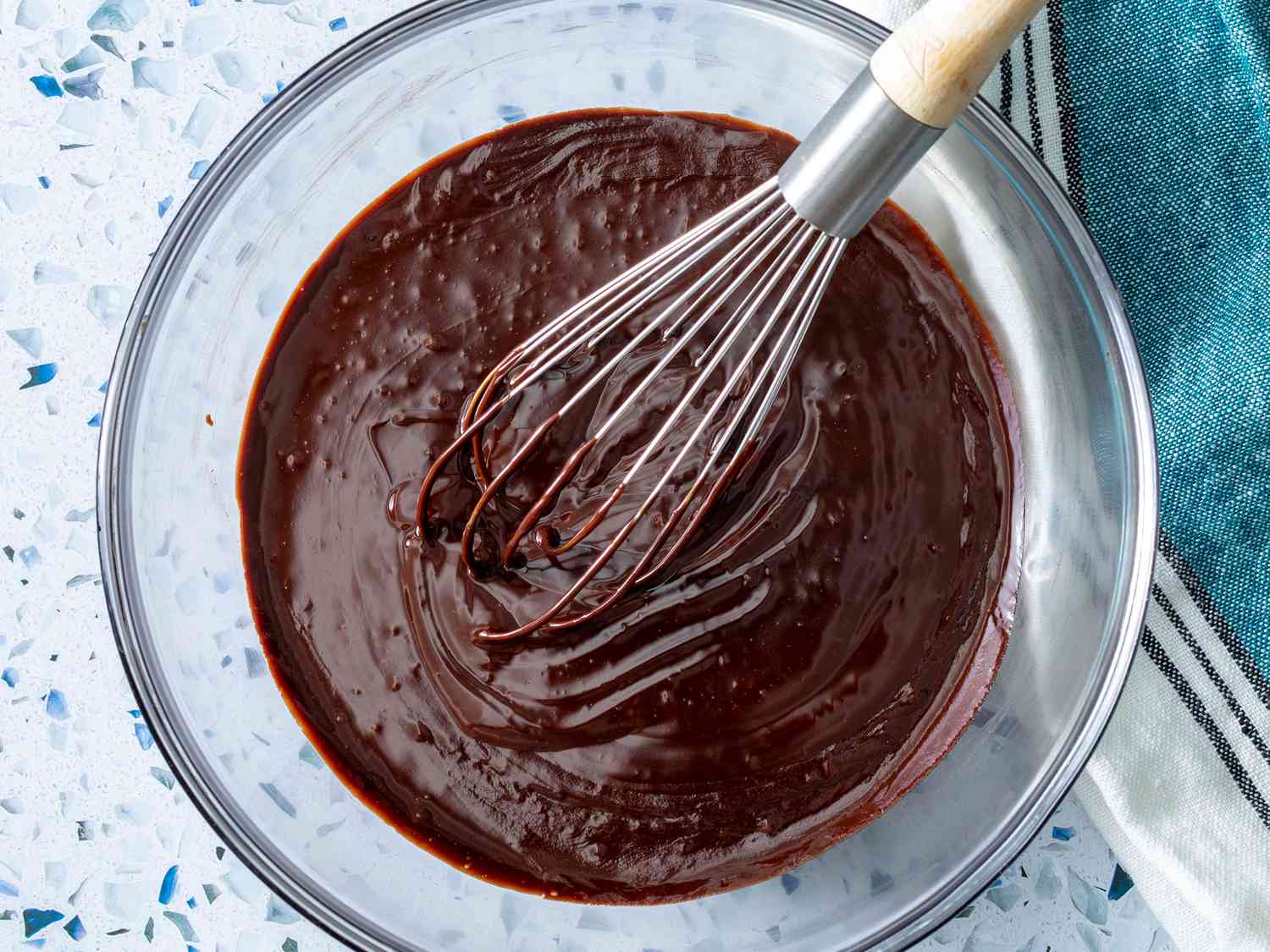
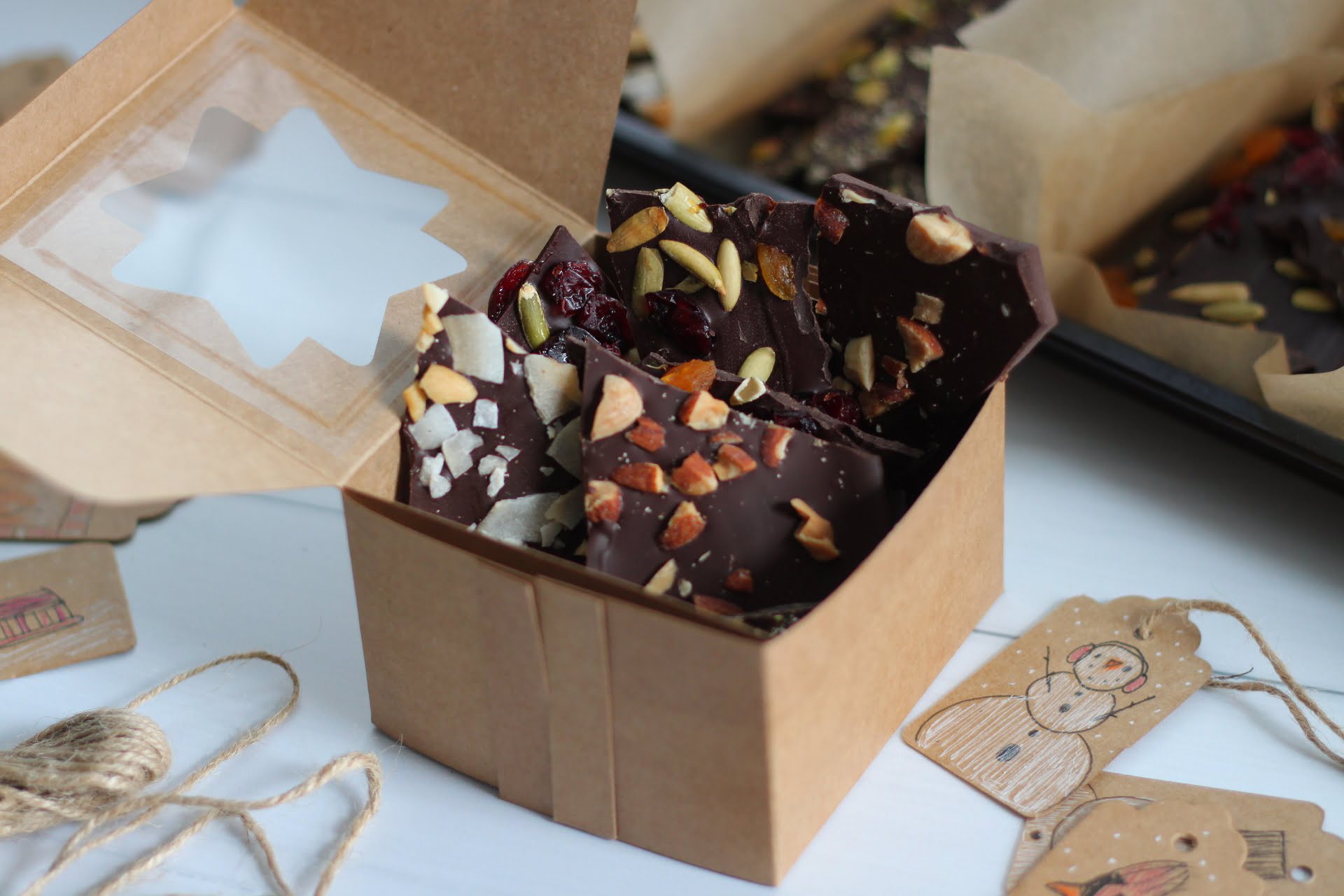
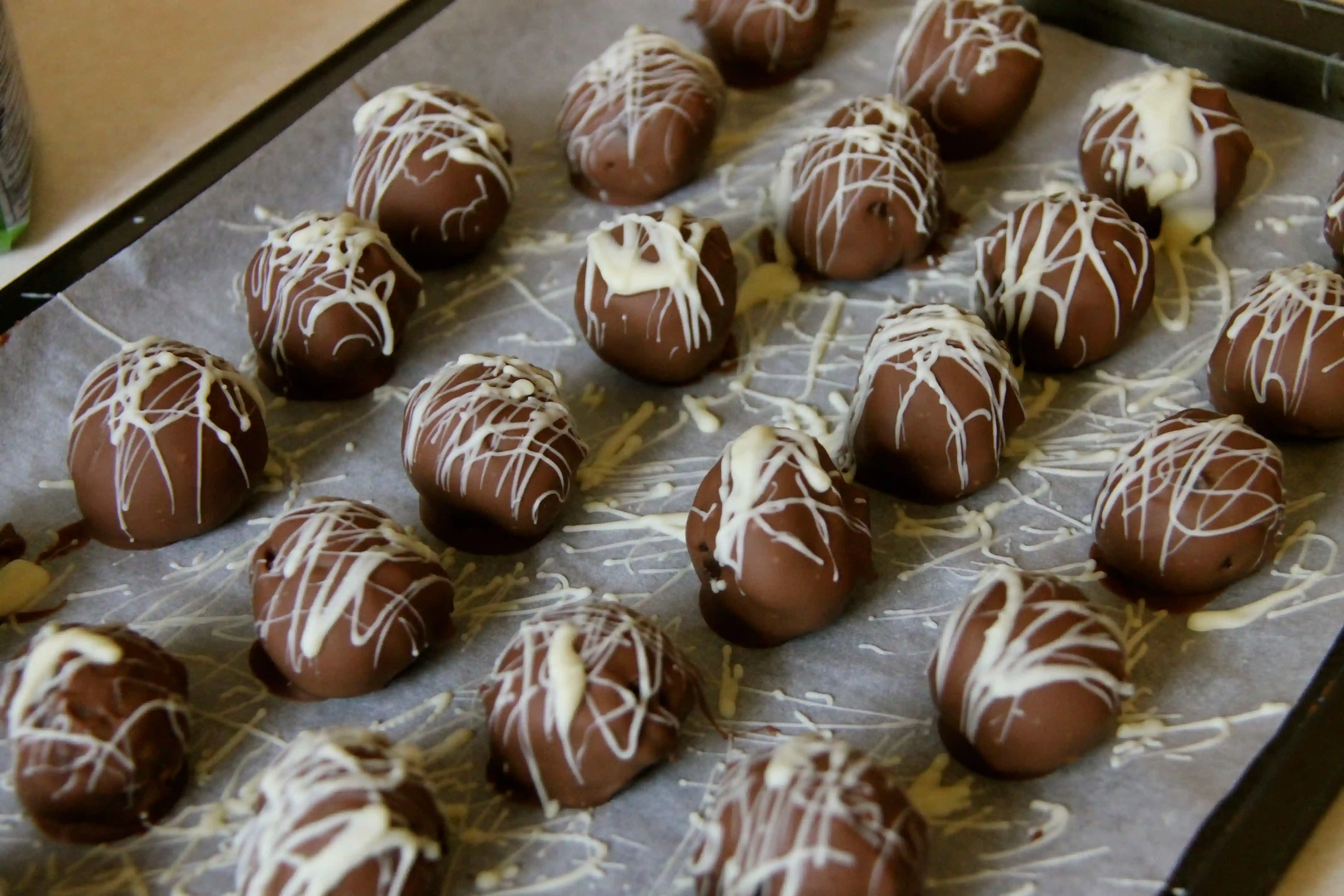
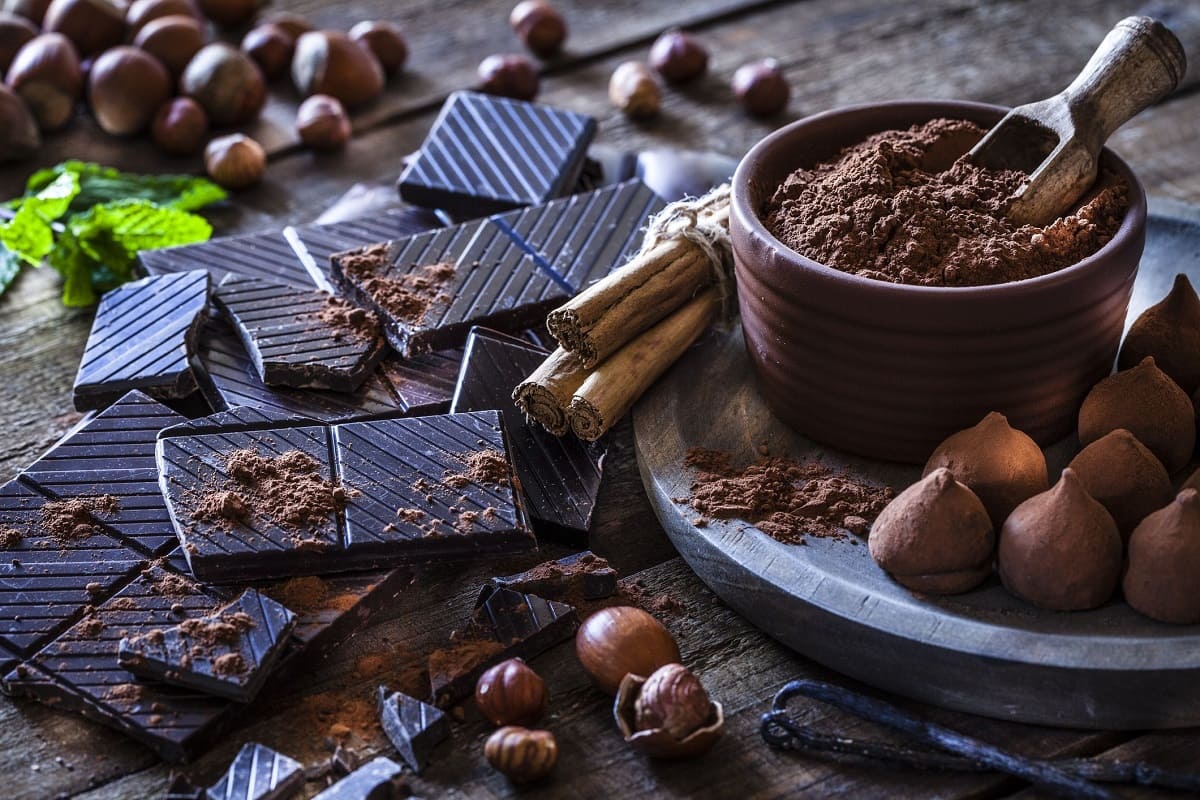
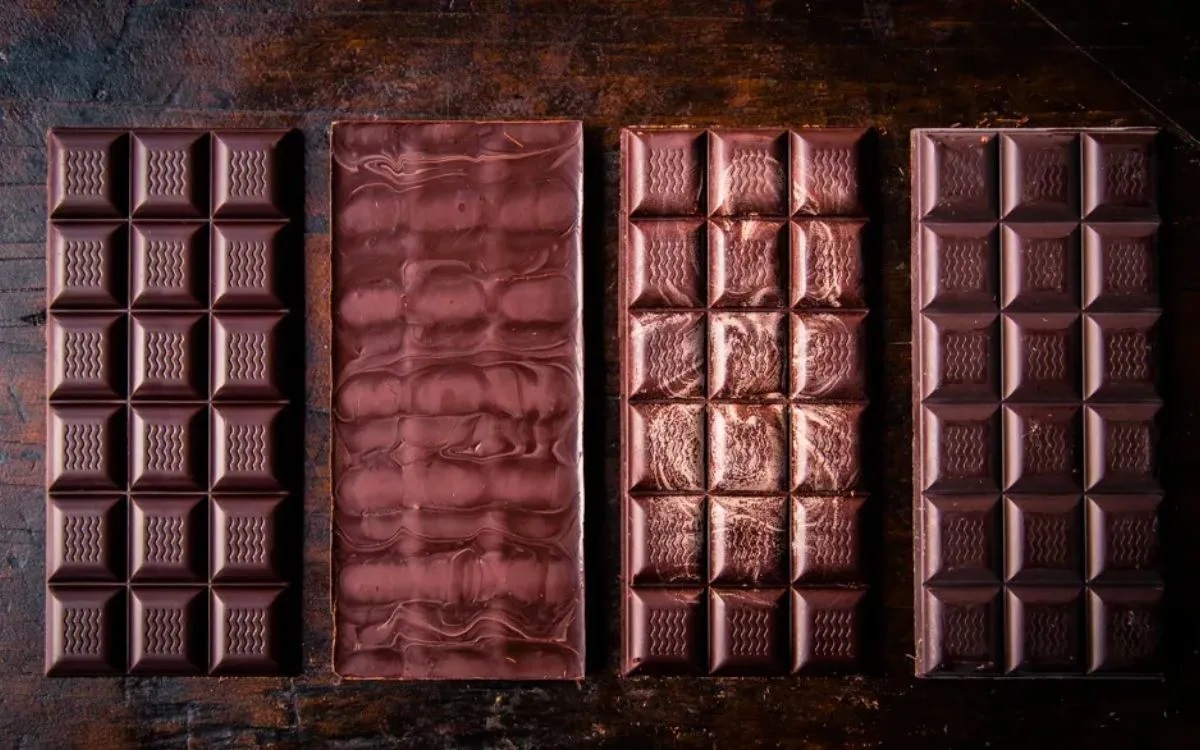

0 thoughts on “Why Decorate A Dessert Plate With Chocolate Before Placing The Dessert On It?”